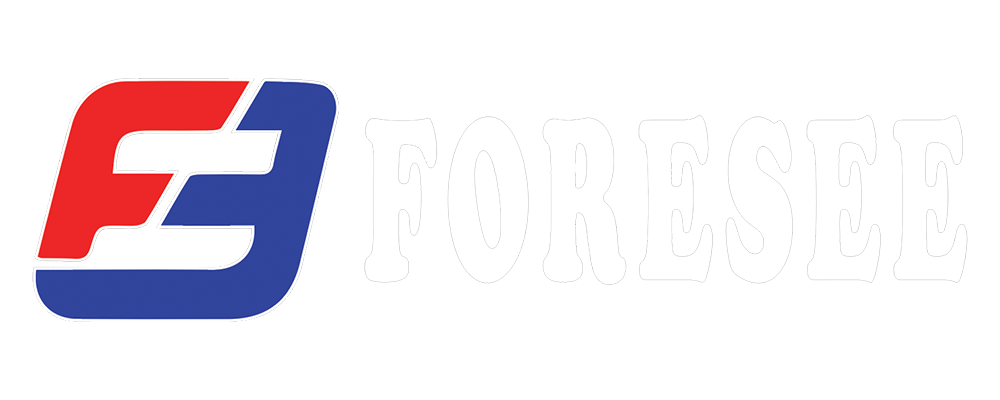The numbers and letters on welding consumable classifications provide important information about the type, properties, and intended use of the consumable. Here's a breakdown of the typical classification system used for welding electrodes:
- Electrode Type:
- The first two or three digits represent the tensile strength of the weld metal produced by the electrode, measured in thousands of pounds per square inch (psi). For example, in the electrode classification E7018, "70" indicates a tensile strength of 70,000 psi.
- Electrode Coating:
- The next digit or letter indicates the type of electrode coating. For example:
- "0" or "1" typically denotes a cellulose-based coating used in electrodes designed for AC welding (e.g., E6010).
- "2" typically denotes a titania-based coating used in electrodes designed for AC or DC welding (e.g., E6013).
- "3" typically denotes a rutile-based coating used in electrodes designed for AC or DC welding (e.g., E7018).
- "4" typically denotes an iron powder-based coating used in electrodes designed for DC welding (e.g., E7024).
- "5" typically denotes a low-hydrogen potassium-based coating used in electrodes designed for DC welding (e.g., E7018).
- The next digit or letter indicates the type of electrode coating. For example:
- Welding Position:
- A suffix is added to indicate the welding position(s) for which the electrode is suitable. For example:
- "1" - Indicates that the electrode can be used in all positions (flat, horizontal, vertical, overhead).
- "2" - Indicates that the electrode is suitable for flat and horizontal positions only.
- "3" - Indicates that the electrode is suitable for flat position only.
- "4" - Indicates that the electrode is suitable for overhead and vertical-down positions only.
- "5" - Indicates that the electrode is suitable for overhead position only.
- "6" - Indicates that the electrode is suitable for horizontal and flat fillet welds only.
- "7" - Indicates that the electrode is suitable for flat, horizontal, vertical, and overhead positions.
- "8" - Indicates that the electrode is suitable for horizontal and flat fillet welds, as well as flat position.
- "H" - Indicates that the electrode is suitable for horizontal fillet welds only.
- A suffix is added to indicate the welding position(s) for which the electrode is suitable. For example:
Understanding the classification system helps welders select the appropriate electrode for their welding application based on factors such as material type, thickness, welding position, and desired weld characteristics.

Recent post